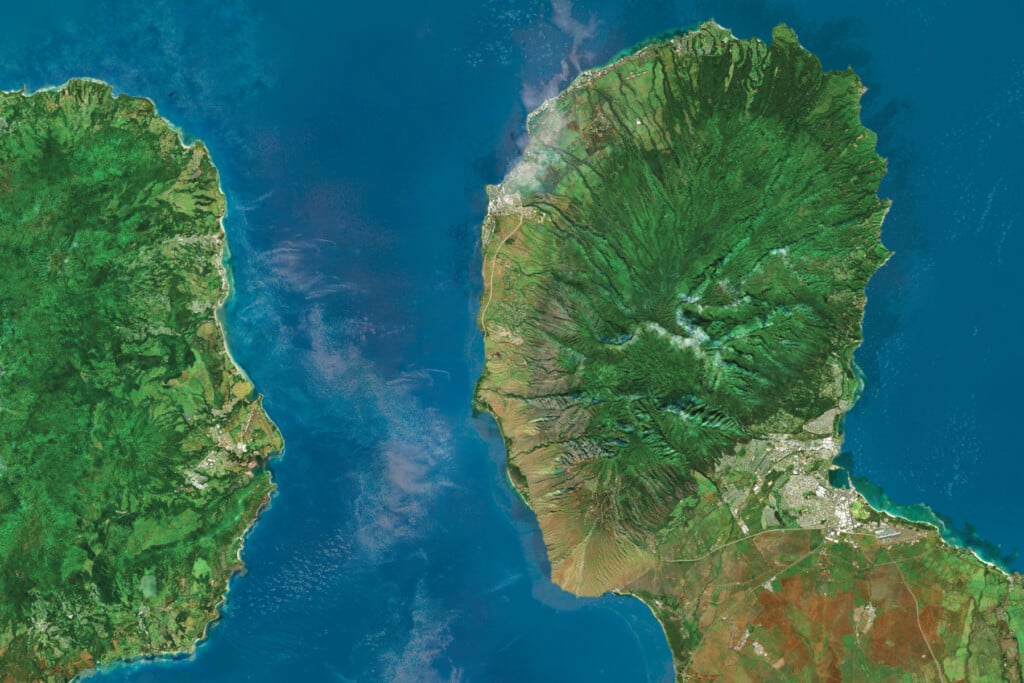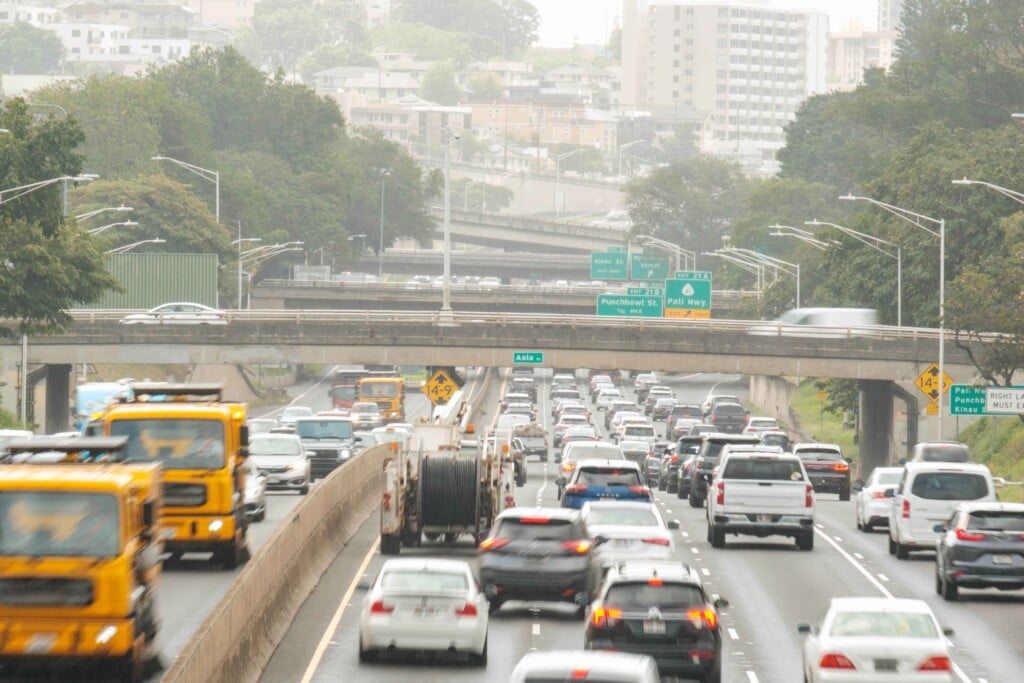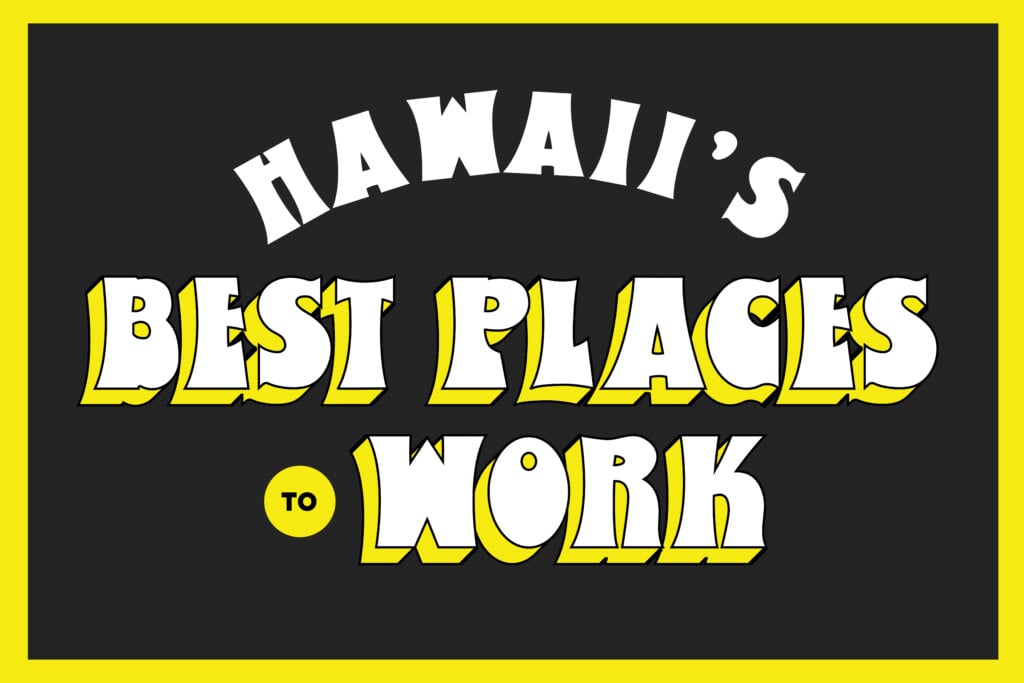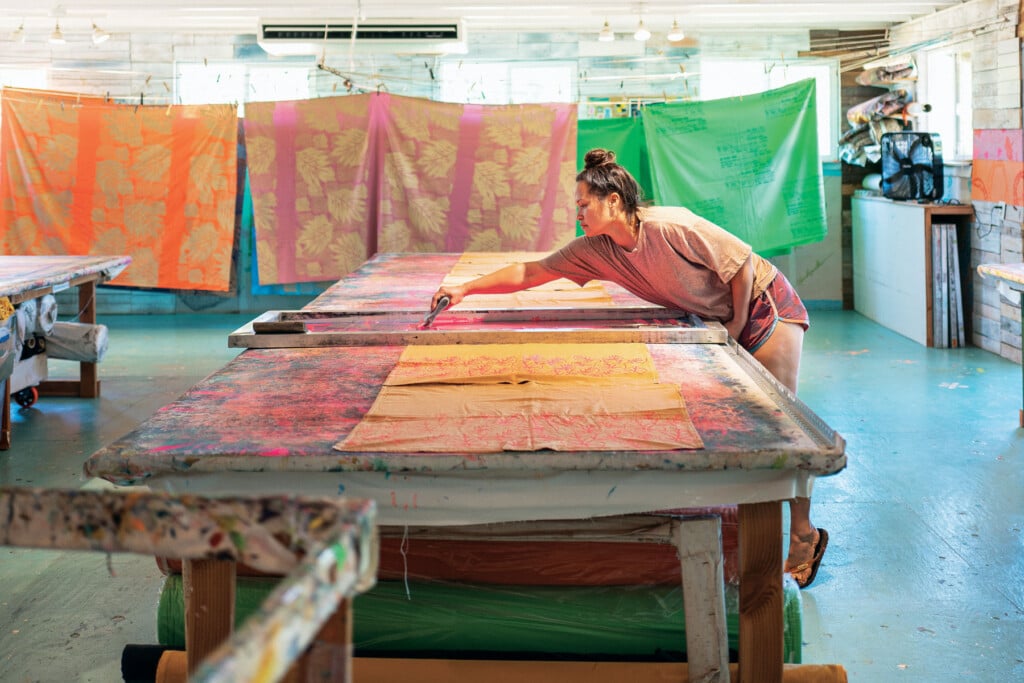Ka Leo, UH Mānoa’s Student Newspaper, Turns 100
Former writers and editors include a U.S. senator, congressman, head of the East-West Center and many of Hawai‘i’s well-known journalists.
This year’s September issue of Ka Leo O Hawai‘i marks the 100th year of continuous publication for the student newspaper at UH Mānoa.
“I’m grateful that a program that has given so much to its student participants and its university community is still around and continuing to serve,” says Jay Hartwell, a former Ka Leo advisor.
After its founding in 1907, UH had few students and no student newspaper. Henry Bindt, a UH junior, created the first edition of the newspaper over the course of one summer in 1922, says Hartwell.
Bindt, who had been blind since he was 11, would get to campus from Pearl City using three different trolley lines and would often complete assignments after his brother and father read them to him.
He spent months writing and designing the first edition of the campus newspaper, which was published on Sept. 13, 1922. The next year, other students joined what was then called The Hawaii Mirror, which would evolve into Ka Leo O Hawai‘i, meaning the Voice of Hawai‘i.
A print edition continues to be published occasionally, but the paper’s main outlet today is its website, manoanow.org/kaleo, which includes both current stories and many from the archives of the printed paper. Amanda Dick is this year’s editor in chief.
Distinguished Alumni
Many Ka Leo staffers have gone on to become professional reporters, editors, photographers and designers at journalism outlets in Hawai‘i and on the mainland. Two current Hawaii Business Magazine staff writers, Noelle Fujii-Oride and Chavonnie Ramos, both served as editor in chief at Ka Leo.
Other editors in chief included Hiram L. Fong, who served as a U.S. senator from Hawai‘i from 1959 to 1977, and Mark Takai, who was elected to Hawai‘i’s District 1 seat in the U.S. House of Representatives in 2014 and served until his death from cancer in July 2016.
Suzanne Vares-Lum, president of the East-West Center, worked on Ka Leo, as did journalists and former journalists Jerry Burris, Beverly Creamer, Robbie Dingeman, John Griffin, Wayne Harada, Daryl Huff, Bill Kwon, Dan Meisenzahl, Ryan Ozawa, Gordon Pang, Dave Reardon and Catherine Toth Fox.
“Students learn how to interview sources on deadlines, verify information and then package the content in ways that people want to read,” Hartwell says. “They learn from experiences that are hard to create in a classroom.”
“The more challenges students encounter, the better journalists and citizens they become.”
The paper has been at the center of many high-profile news stories over the decades. In 1990, Ka Leo published a letter from Joey Carter, a Caucasian student who disliked being called haole. He said the word signaled racism against white people by Native Hawaiians.
“The devotion of the students keeps Ka Leo alive.”
– Jay Hartwell, Former advisor, Ka Leo O Hawaiʻi
Haunani-Kay Trask, who was a professor and a founding director of UH Mānoa’s Center for Hawaiian Studies, replied in a Ka Leo commentary.
“The hatred and fear people of color have of white people is based” on an ugly history of white power and supremacy, she wrote. “It is for self-protection and in self-defense that we people of color feel hostility towards haoles.”
A fiery debate ensued on campus, with Trask being criticized for allegedly abusing her faculty position by lashing out at a student, while her supporters said she was simply asserting her free speech rights.
Takai served as both editor in chief of Ka Leo and president of the Associated Students of the University of Hawai‘i in different school years. During his time as editor in chief, Takai wrote a story that named two professors who he said had been found to have violated the university sexual harassment policy. The university did not name the professors and the report caused a big stir on campus.
Michael Tsai, now a reporter for Spectrum News Hawaii, worked at Ka Leo with Takai in 1991 and says, “Our intention was to assert our campus community’s right to know about serious disciplinary cases involving public employees.”
Written By and For Students
During its heyday, Ka Leo published five times a week with an on-campus printing press, but the frequency of print editions declined over the years and stopped entirely during part of the pandemic. Ka Leo plans to publish print editions twice a month starting with the Fall 2022 semester, with stories published more frequently at manoanow.org/kaleo. Advertising and a portion of student fees cover Ka Leo’s expenses.
Spencer Oshita, a former editor in chief and head of planning for the Ka Leo anniversary, says ideas are being considered for an anniversary banquet and an alumni-sourced issue of Ka Leo.
Although Ka Leo has seen many changes over the years, Hartwell says, “The one thing that has stayed the same is that it’s been led by students and written for students.”






